A legacy of innovation, quality, and culinary experience.
Read our NewsletterLearn how to manage Symptoms of diabetes with blood sugar-friendly meal choices. Get practical tips and expert insights to improve your health and maintain balanced blood sugar levels.
Managing diabetes can feel overwhelming, but the good news is that food—your everyday choices in the kitchen- can play a powerful role in stabilizing blood sugar and easing symptoms. Whether you’re newly diagnosed or supporting a loved one, understanding which foods help manage symptoms of diabetes is a critical step toward healthier living. This blog will explore 12 science-backed foods that not only help regulate glucose levels but also offer essential nutrients to reduce inflammation and support overall metabolic health. Let’s explore how smart, intentional eating can become a cornerstone of diabetes care.
Before diving into the foods, it’s helpful to understand what managing “symptoms of diabetes” really means. Common symptoms include fatigue, excessive thirst, frequent urination, blurred vision, and slow wound healing. These result from poor blood glucose control—either from insulin resistance (in type 2 diabetes) or inadequate insulin production (in type 1). Diet directly affects these symptoms, and choosing the right foods can make a noticeable difference in daily well-being and long-term outcomes.
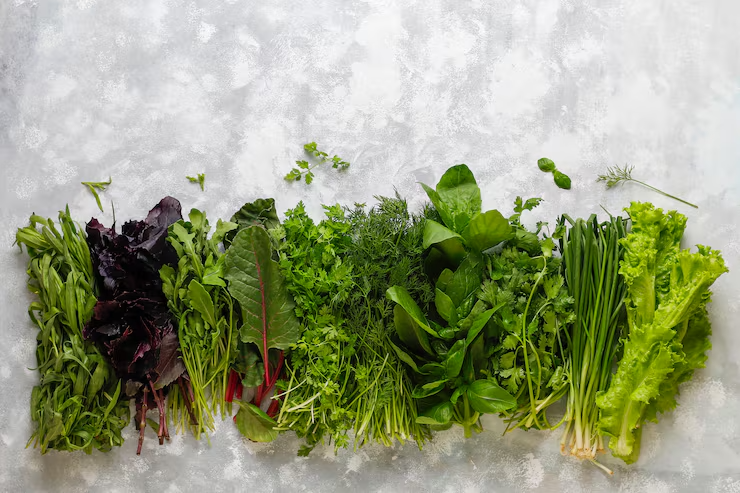
Leafy greens are high in fiber, antioxidants, and magnesium—nutrients shown to help improve insulin sensitivity and lower blood sugar levels. Grape leaves, in particular, can be used creatively in meals like Stuffed Grape Leaves with quinoa and vegetables, offering a low-carb alternative to many starch-heavy options.
Practical Tip:
Steam or lightly sauté greens with olive oil and garlic for a nutrient-packed side dish. For a Mediterranean twist, try wrapping lean protein and herbs in grape leaves.
Rich in omega-3 fatty acids, fatty fish help reduce inflammation and protect against heart disease a common complication of diabetes. Light meat tuna is an accessible pantry staple that can be added to salads, wraps, or even a diabetic-friendly tuna casserole.
Use Case:
Make a quick tuna salad with mustard, real mayonnaise, and diced vegetables on a bed of leafy greens for a low-carb lunch.
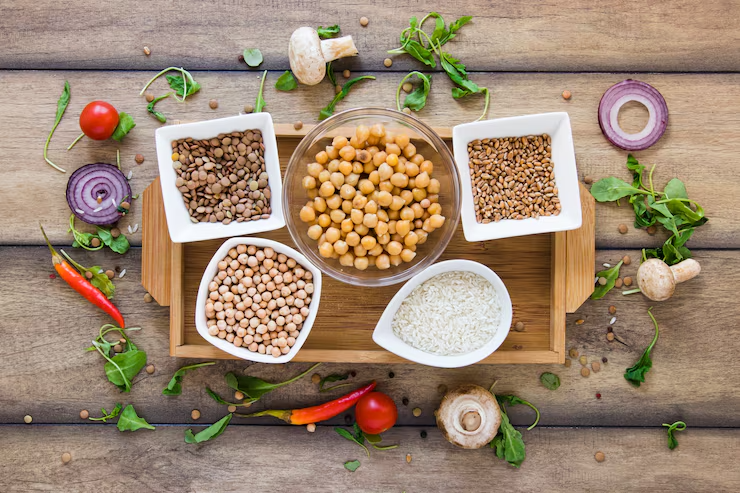
Legumes are excellent for stabilizing blood sugar due to their high fiber and protein content. Fava beans, in particular, are a slow-digesting carb source, making them ideal for blood sugar management.
Serving Suggestion:
Mash cooked fava beans with olive oil, lemon juice, and garlic for a satisfying spread. You can also mix them into grain bowls or soups.
Whole grains are far superior to refined grains when it comes to blood sugar control. Pasta made from whole wheat, like Pasta Ditalini Rigate, Pasta Fusilli, or Pasta Penne Rigate, provides complex carbs that digest slowly, helping to prevent glucose spikes.
Meal Planning Tip:
Opt for smaller portions of whole-grain pasta and balance it with vegetables and lean proteins. Try a cold pasta salad with vegetables & fruits, mustard, and chopped herbs for a diabetes-friendly dish.
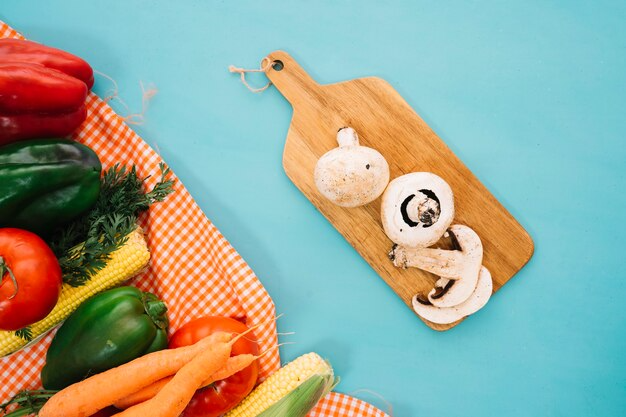
Non-starchy vegetables are low in carbohydrates and high in fiber, making them excellent choices for individuals managing diabetes symptoms. Mushroom Slices are especially versatile and add umami flavor without extra calories.
Culinary Tip:
Add mushroom slices to omelets, stir-fries, or salads. Pair with garlic and a splash of sugar cane vinegar for an easy side.
Healthy fats in nuts and seeds help slow digestion and curb blood sugar spikes. Creamy peanut butter (in moderation) can be part of a balanced snack when paired with fiber-rich foods.
Snack Idea:
Spread peanut butter on apple slices or celery sticks for a fiber-protein combo that helps regulate blood sugar levels.
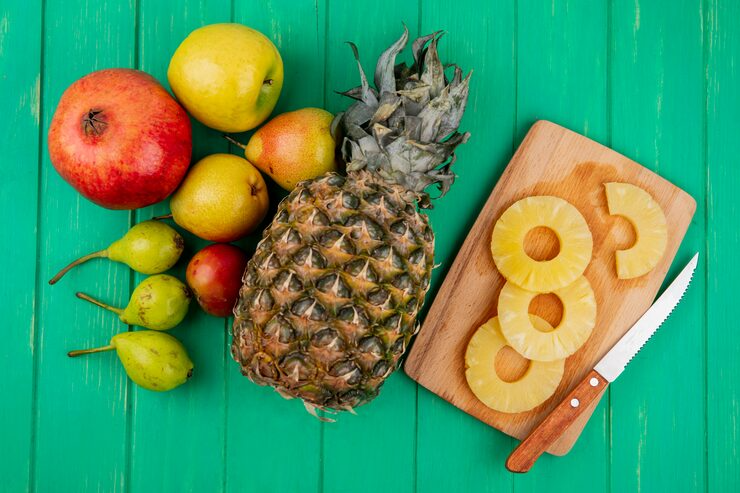
While fruits contain natural sugars, many like berries have a low glycemic index and are rich in antioxidants. Pineapple slices, though higher on the glycemic scale, can still be enjoyed in small portions with a protein or fat source to buffer the sugar.
Serving Suggestion:
Top Greek yogurt with a few pineapple slices and chia seeds for a balanced snack.
Fermented foods may improve gut health and reduce inflammation, which can help improve insulin sensitivity. Dill sliced pickles and jalapeno slices add flavor without extra carbs.
Kitchen Tip:
Add pickles or relish to sandwiches or wraps using real mayonnaise and whole-grain bread or lettuce wraps.
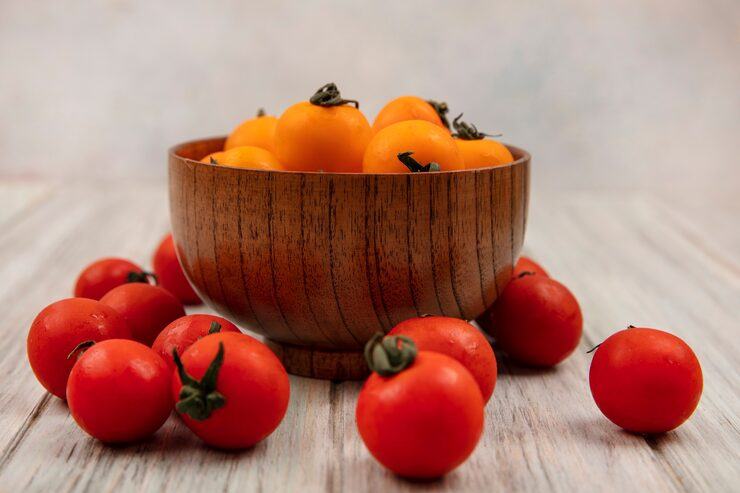
Tomatoes are a low-glycemic fruit rich in lycopene, a compound with antioxidant properties. Whole peeled tomatoes are great for making sauces or soups without added sugar.
Quick Recipe:
Simmer whole peeled tomatoes with garlic, basil, and a touch of olive oil to create a simple marinara sauce for your whole-grain pasta dishes.
Corn is a starchy vegetable, but when eaten in moderation and paired with protein and fat, it can be part of a balanced diabetes-friendly diet. Golden Corn adds texture and sweetness naturally.
Use Case:
Mix golden corn into a black bean salad with avocado, lime juice, and chopped cilantro for a colorful, satisfying dish.
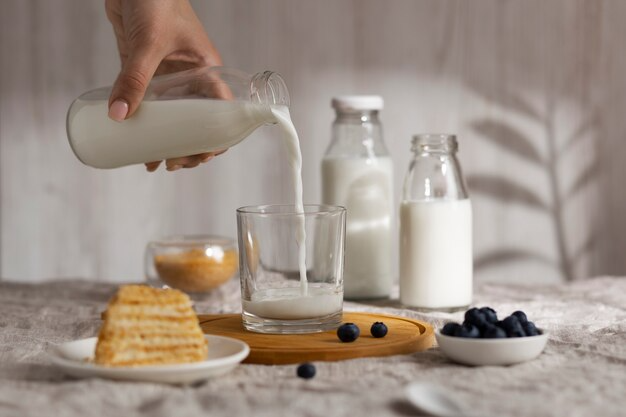
For those watching carbs closely, unsweetened plant-based milk or portioned dairy products like whitener & milk can help control sugar intake. Sweet condensed milk, while sugary, can be used sparingly in small treats.
Tip:
Choose low-carb coffee beverages using instant coffee or Adani tea with unsweetened milk alternatives or sugar-free sweeteners.
Staying hydrated is essential for flushing out excess sugar through urine. While water is best, flavored beverages like sparkling apple nectar or hot chocolate (sugar-free versions) can be enjoyed occasionally.
Healthy Practice:
Read labels and choose drinks with no added sugars. Pair them with fiber-rich snacks to minimize glucose spikes.
Yes, in moderation. Whole grain versions of Pasta Ditalini Rigate or Pasta Fusilli paired with vegetables and lean protein can help stabilize blood sugar levels.
Use in small amounts. Ketchup and Sweet Relish can be high in sugar, so opt for low-sugar versions and check labels before use.
Whole peeled tomatoes are low-carb and ideal for sauces. Golden corn should be consumed in moderation, paired with protein or healthy fats.
Yes, in small amounts. Pair pineapple slices with protein or fat, and choose versions packed in water, not syrup, to minimize sugar intake.
Choose sugar-free options. Drinks like hot chocolate and sparkling apple nectar can be enjoyed occasionally if they’re low in added sugars.
Living with diabetes doesn't mean giving up flavorful meals or favorite ingredients. As we've explored, many accessible and delicious foods, from leafy greens and fava beans to whole grain pasta and flavorful Condiments, can be powerful tools in managing blood sugar and minimizing the symptoms of diabetes. The key lies in thoughtful combinations, portion control, and balancing macronutrients, such as carbohydrates, proteins, and fats.
By integrating these 12 foods into your weekly meal plan, you're not only working to manage current symptoms but also laying a foundation for long-term health and vitality. Begin with small swaps and gradually develop habits that cater to your unique needs. Diabetes management is a journey—but with knowledge, planning, and smart food choices, it’s one you can navigate confidently.